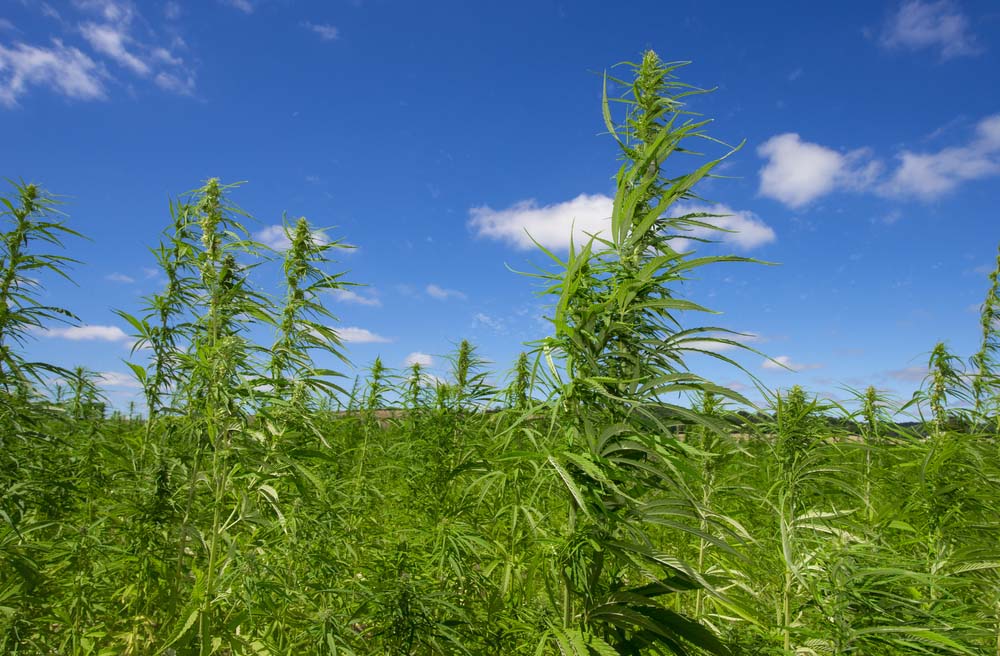
Hemp has been utilized for various purposes for centuries, including paper, textiles, and building materials. However, recent innovations have uncovered the potential of this versatile plant in the field of sustainable innovation, particularly through 3D printing. By harnessing the power of hemp, we can create more environmentally friendly and cost-effective products while reducing the carbon footprint. In this article, we will explore the benefits and potential of hemp-based 3D printing in sustainable development.
Hemp: A Versatile and Environmentally Friendly Material
Hemp is a highly versatile material that can be used for various applications, including textiles, paper, and building materials. It is also one of the most environmentally friendly materials available, as it requires minimal water and pesticides to grow. Additionally, hemp absorbs carbon dioxide from the atmosphere, making it an ideal material for reducing carbon emissions. Hemp can also be grown in a variety of climates, making it a more accessible and sustainable resource compared to other materials.
The Revolutionary Potential of 3D Printing with Hemp
3D printing is a revolutionary technology that allows us to create intricate and complex designs using a variety of materials. By combining 3D printing technology with hemp, we can create sustainable and cost-effective products that are both durable and environmentally friendly. 3D printing allows us to create custom designs quickly and efficiently, reducing waste and improving efficiency. With the right equipment and technology, hemp-based 3D printing has the potential to revolutionize several industries, including automotive, aerospace, and fashion.
Applications of Hemp-Based 3D Printing in Various Industries
The potential applications of hemp-based 3D printing are virtually limitless. In the automotive industry, hemp-based 3D printing can be used to create lightweight and durable parts, reducing fuel consumption and emissions. In the aerospace industry, hemp-based 3D printing can be utilized to create lightweight and strong components, reducing the weight of aircraft and improving fuel efficiency. In the fashion industry, hemp-based 3D printing can be used to create sustainable and eco-friendly clothing and accessories, reducing the environmental impact of the industry.
Advantages of Hemp-Based 3D Printing for Sustainable Development
Hemp-based 3D printing offers several advantages for sustainable development. Firstly, it is a more environmentally friendly option compared to traditional manufacturing techniques, as it reduces waste and carbon emissions. Secondly, it is a more cost-effective option, as it reduces the need for expensive molds and tooling. Finally, it allows for greater customization and flexibility, allowing us to create unique and innovative designs. By harnessing the power of hemp-based 3D printing, we can create products that are both sustainable and economically viable.
The Future of Hemp-Based 3D Printing and Innovation
In conclusion, hemp-based 3D printing offers a promising future for sustainable innovation. With its versatile and environmentally friendly properties, hemp has the potential to revolutionize several industries, while 3D printing allows for efficient and cost-effective manufacturing. As we continue to explore this technology, we can expect to see more innovative and sustainable products that are both economically viable and environmentally friendly. By harnessing the power of hemp-based 3D printing, we can create a more sustainable and equitable future for all.




